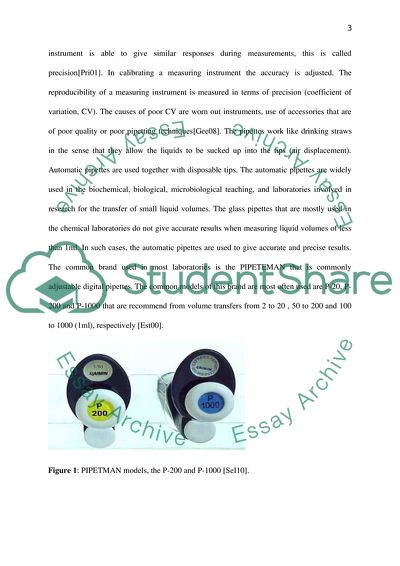Cite this document
(The Use of Pipettes Lab Report Example | Topics and Well Written Essays - 3000 words, n.d.)
The Use of Pipettes Lab Report Example | Topics and Well Written Essays - 3000 words. https://studentshare.org/chemistry/1857192-the-use-of-pipettesprecision-and-accuracy
The Use of Pipettes Lab Report Example | Topics and Well Written Essays - 3000 words. https://studentshare.org/chemistry/1857192-the-use-of-pipettesprecision-and-accuracy
(The Use of Pipettes Lab Report Example | Topics and Well Written Essays - 3000 Words)
The Use of Pipettes Lab Report Example | Topics and Well Written Essays - 3000 Words. https://studentshare.org/chemistry/1857192-the-use-of-pipettesprecision-and-accuracy.
The Use of Pipettes Lab Report Example | Topics and Well Written Essays - 3000 Words. https://studentshare.org/chemistry/1857192-the-use-of-pipettesprecision-and-accuracy.
“The Use of Pipettes Lab Report Example | Topics and Well Written Essays - 3000 Words”. https://studentshare.org/chemistry/1857192-the-use-of-pipettesprecision-and-accuracy.


